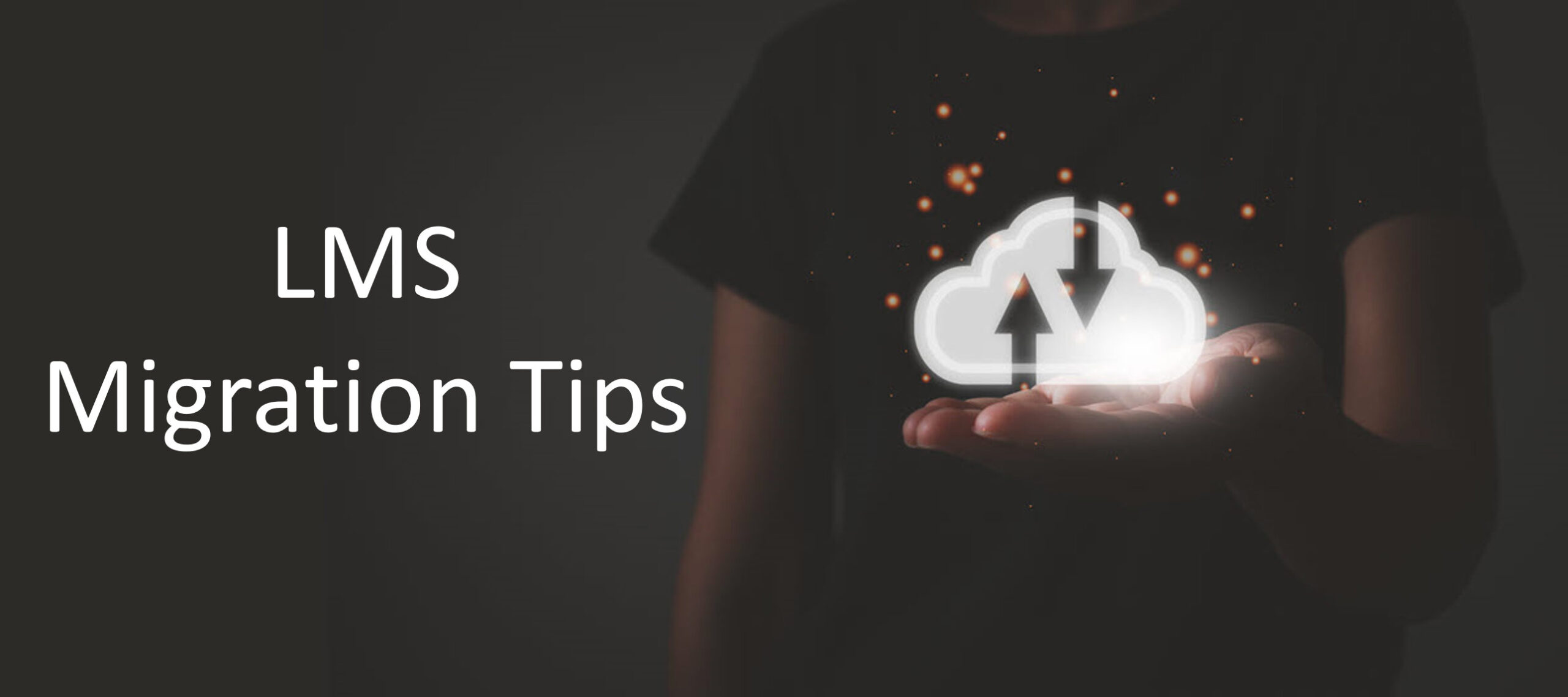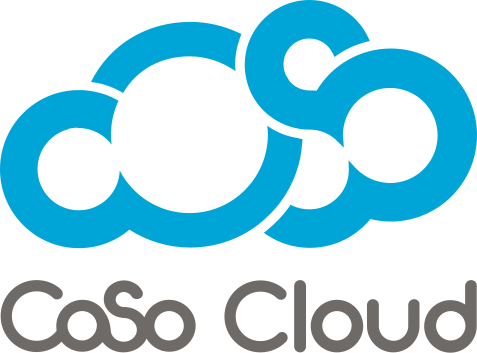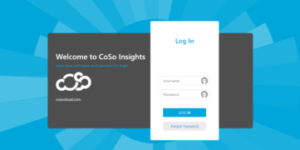
LMS Migration Tips
May 10, 2023
Migrating from one learning management system (LMS) to another can be a daunting task for everyone involved. I have seen migrations make and break LMS managers. The key is to be well prepared. Whether it’s due to a change in technology, a shift in organizational priorities, or simply a need for an updated platform, it’s important to approach the process carefully to ensure a smooth transition. Below are key questions to ask when preparing to migrate from a current to a new LMS.
Why are we migrating?
Before beginning any migration project, it’s important to understand the reasons behind the decision to switch LMS platforms. Is the current system no longer meeting the needs of your organization? Are there better options available that can provide greater functionality or more robust features? Is the cost of the current system no longer sustainable? Whatever the reason, it’s important to have a clear understanding of why the switch is being made to effectively communicate the changes to stakeholders and ensure that the new system will meet the organization’s needs.
What are our must-have features?
Once you’ve identified the reasons for migrating to a new LMS, it’s important to determine what features and functionality are essential for the organization. What features are currently used in the old system that are critical to daily operations? What new features are needed to support the organization’s future goals? This information will be crucial in selecting a new LMS that meets the organization’s needs.
How will the new system integrate with existing systems?
Most organizations have a variety of systems in place that are critical to daily operations, such as HR systems, student information systems, and financial systems. It’s important to understand how the new LMS will integrate with these existing systems. Will there be any gaps or overlaps in functionality? Will data be able to flow seamlessly between systems? This information will help ensure that the organization can operate smoothly during and after the migration process.
How will data be migrated?
Migrating data from one system to another can be a complex process. It’s important to understand how data will be migrated and who will be responsible for this process. Will data be migrated manually or through an automated process? Will there be any data loss or corruption during the migration process? Will the new system be able to handle the volume and complexity of the data being migrated? These are all important questions to ask to ensure that critical data is not lost or compromised during the migration process.
What training and support will be provided?
Migrating to a new LMS can be a significant change for educators and administrators. It’s important to provide adequate training and support to ensure a smooth transition. What training will be provided to users of the new system? Will there be ongoing support available after the migration process is complete? How will questions and issues be addressed during the migration process? These are all important questions to ask to ensure that users feel comfortable with the new system and can use it effectively.
What is the timeline for the migration?
Migrating to a new LMS can be a time-consuming process. It’s important to have a clear timeline in place to ensure that the migration process is completed on time. What are the key milestones in the migration process? How long will each phase of the process take? What are the critical deadlines that must be met? Having a clear timeline in place will help ensure that the migration process stays on track and is completed successfully.
How will the new system be evaluated?
Once the migration process is complete, it’s important to evaluate the success of the new system. How will the new system be evaluated? What metrics will be used to measure the success of the new system? What feedback will be collected from users of the new system? This information will be critical in ensuring that the new system is meeting the needs of the organization and that any necessary adjustments can be made.
What is the budget for the migration?
Migrating to a new LMS can be a significant investment for an organization. It’s important to have a clear understanding of the budget for the migration process, including any costs associated with selecting, implementing, and maintaining the new system. What are the anticipated costs for the migration process? Are there any ongoing costs associated with the new system? What is the expected return on investment for the migration? Understanding the budget for the migration process will help ensure that the organization can make informed decisions about selecting and implementing the new system.
Divide and Conquer!
Finally, it’s important to identify who will be responsible for managing the migration process. Who will be the project manager for the migration? Who will be responsible for coordinating with vendors and other stakeholders? Who will be responsible for training users on the new system? Identifying clear roles and responsibilities for the migration process will help ensure that the process is well-managed and that all necessary tasks are completed in a timely and effective manner.
Bring in Experts.
Having an experienced system integrator (SI) can make a significant impact on the success of a migration. For example, the CoSo Cloud team can provide an outside perspective and expertise. An experienced consulting team brings in-depth knowledge, expertise, and a structured approach to the LMS migration process. Their involvement can significantly reduce risks, streamline the migration process, and maximize the chances of a successful outcome, ultimately benefiting the organization, its stakeholders, and the learners.
Overall, migrating from one learning management system to another can be a complex process, but by asking the right questions, organizations can ensure a smooth transition. By understanding the reasons for the migration, identifying must-have features, evaluating integration with existing systems, planning for data migration, providing training and support, establishing a timeline, evaluating the success of the new system, understanding the budget, and identifying clear roles and responsibilities, organizations can successfully migrate to a new LMS and achieve their goals for the future.
For more information on migration best practices, please contact the CoSo team.











